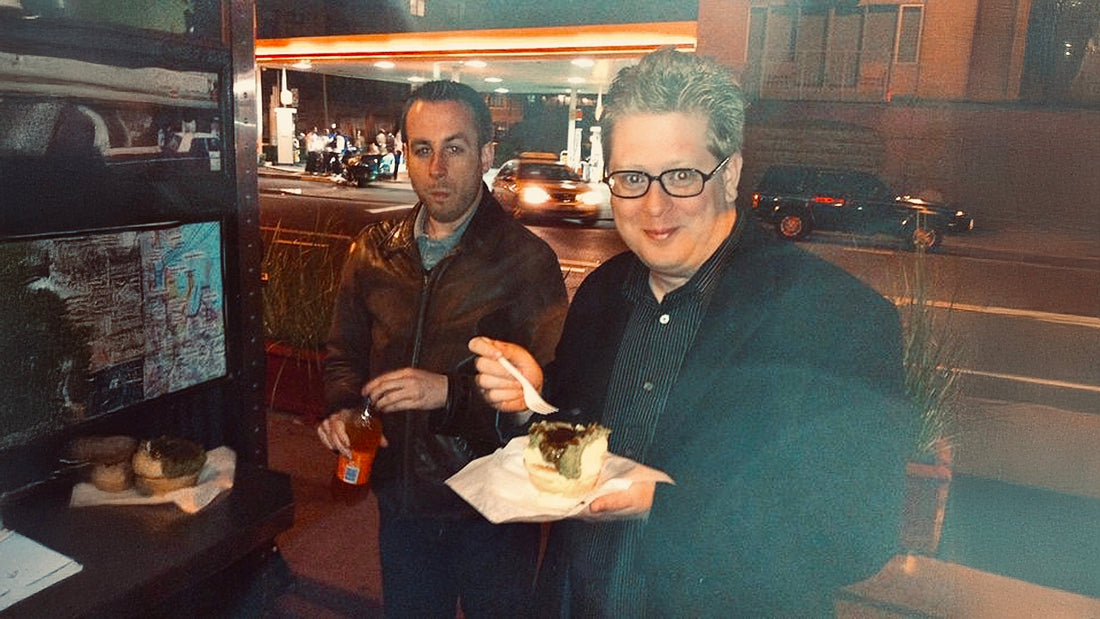
Understanding magic
In 2010, I was studying at Sydney University in Australia. I met a cool community of magicians there, including Sean Taylor, a pro mentalist whose books I later translated into French.
In September 2010, Sean invited American magician Jon Armstrong for a lecture. One of Jon's most surprising advices was to read Understanding Comics by Scott McCloud. I was skeptical: how could a book about comic books help me improve my craft? Jon insisted that I read McCloud’s book as if it were about magic.
I did. It was a game-changer. Let's discuss some of the parallels here.
Closure
McCloud calls "closure" what happens when readers connect separate comic panels into one flowing event. In a comic book, you might see someone standing in one panel, then find them lying face down in the next panel. Did he die or faint? Did he fall or trip? Why? Your mind fills in that missing moment; in the process, you imagine a story.
In magic, we also obscure parts of the sequence (to hide the method) and the spectator's mind completes the illusion. In one "panel", the participant writes a name. In the next "panel", the mind reader reveals that name. It's impossible, so something must have happened between the two "panels", and hopefully the audience inserts mystery in this gap. Mind the gap, and try to be conscious about what can be inserted there.
For example, in my Pi memory demo, the "gap" is filled by the illusion that I have memorized Pi, because I designed the routine to be so convincing that this is the only plausible explanation.
Invisible
Another direct parallel is when McCloud calls comic books an “invisible art”: a well-told story draws readers in so fully that they don't notice the mechanics (drawing techniques, storytelling tricks, etc.).
In magic, an effect succeeds when people stop thinking about how it works. The best sleight of hand or psychological technique is invisible. By engaging the audience, we mirror the “invisible” nature of great storytelling.
When I perform my Japanese book test Haiku, the theme is so engaging that I sometimes have to stop people from showing me the poem they like, because it feels like a genuine conversation with them rather than a trick.
Creation
While the creative process can seem daunting for many, Understanding Comics suggests a six-step system: Idea/Purpose, Form, Idiom, Structure, Craft, and Surface. McCloud argues that many artists only worry about Surface (the final polish), without taking the time to clarify their deeper reasons for creating.
Of course, this applies directly to us. Why are we performing a particular effect? What form does it take? How does it reflect our personal style (“idiom”)? Craft is our techniques and scripts, while Structure is how we present the routine from start to finish. The audience might be lured in by a flashy performance, but then they can feel its shallowness, so we must address each step of this system.
Commercial
McCloud is also concerned about balancing art and commercial work (I wrote about it here) and about evolving from "a nice medium for kids" into a "recognized art form" (I discussed it here).
Perspective
McCloud ends his book by arguing that art transforms how we see the world. Each performance offers a new perspective, inviting people to glimpse the impossible and shift how someone thinks about reality. In a way, that's what Jon Armstrong did for me when recommending Understanding Comics. Thanks Jon for showing me these unexpected connections between comic books and magic!

To discover the many other ideas of Scott McCloud, read Understanding Comics as if it were a magic book. Look at how McCloud organizes panels, shapes time, and encourages the audience to fill in the gaps. Notice how simplicity can be powerful. Be conscious about the purpose of your creations. And remember that ANY art form can expand our sense of what is possible. That belief is what keeps me exploring new ways to create and share magic.





